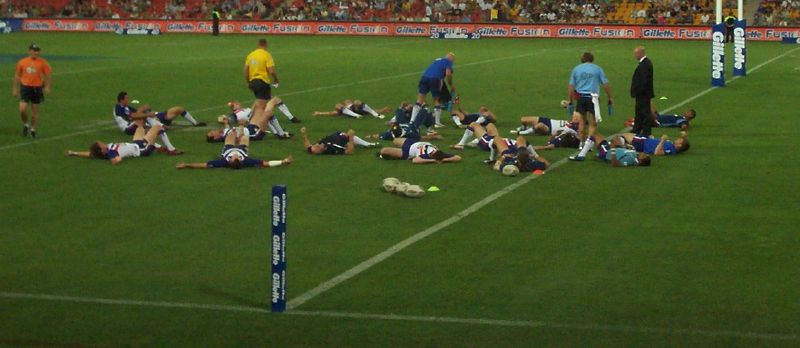Physiological recovery strategies are frequently used in sports recovery. A cool down after training or competition helps to remove waste products and return the body back to its pre-exercise state. A cool down is a series of low intensity exercises completed straight after training or competition. Cool downs help speed up recovery by continuing the muscle pump needed to take fluid back to the heart and avoids fluid retention in the used muscles. It is the continued removal of fluid, which helps to remove waste products. Cool down exercises could include a light jog, or a slow swim, but need to be specific to the sport and the major muscles used.
Another physiological strategy is hydration, which is the consumption of enough liquid after competition to replace any fluids lost during training or competition. Hydration often involves drinking 500mL of a sports drink, such as PowerAde, and plenty of water (2-3L) over the next 24hrs. Hydration speeds up recovery by enabling the bodies physiological processes to function well, as dehydration can slow down or even stop some of the recovery processes. Hydration also provides more volume to the blood to assist in the removal of waste products. Water is also required in the storage of glycogen, which needs to be restored after exercise.

